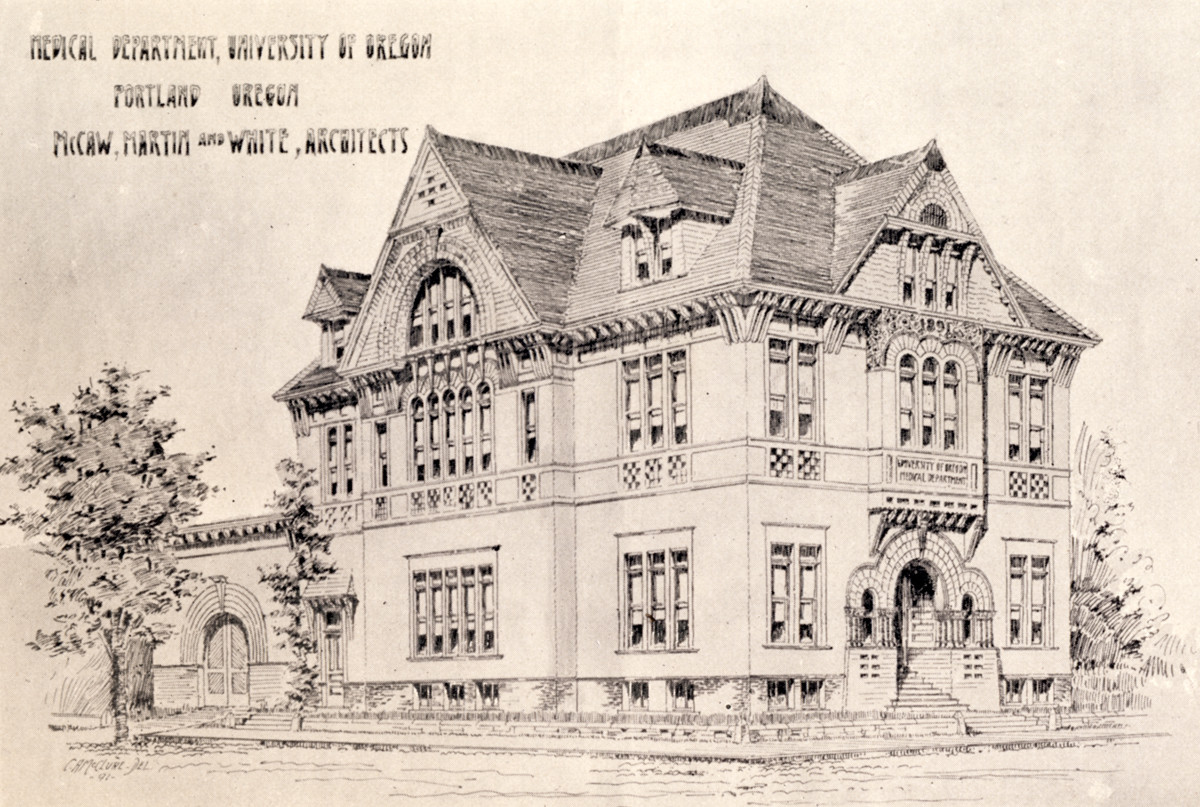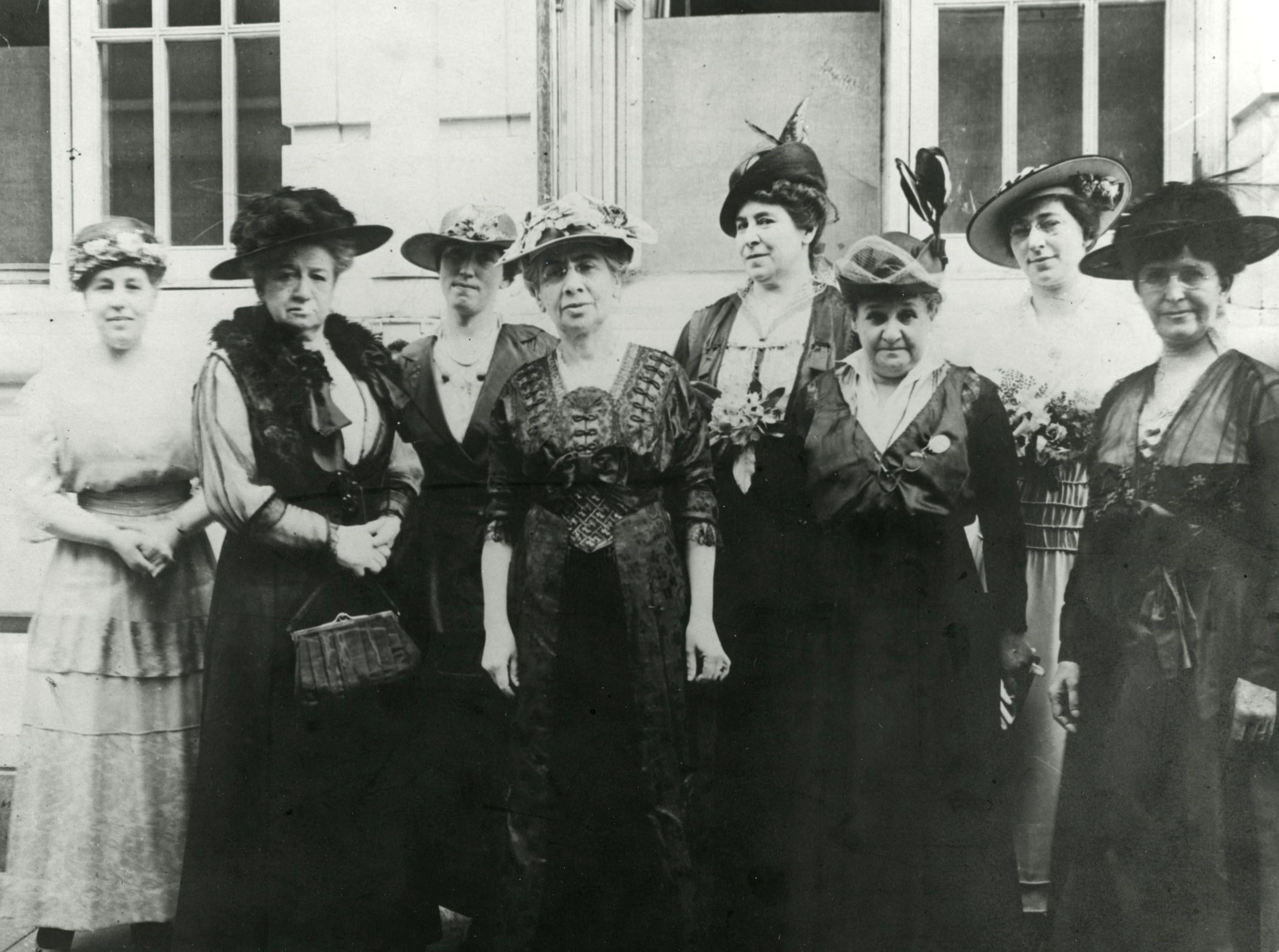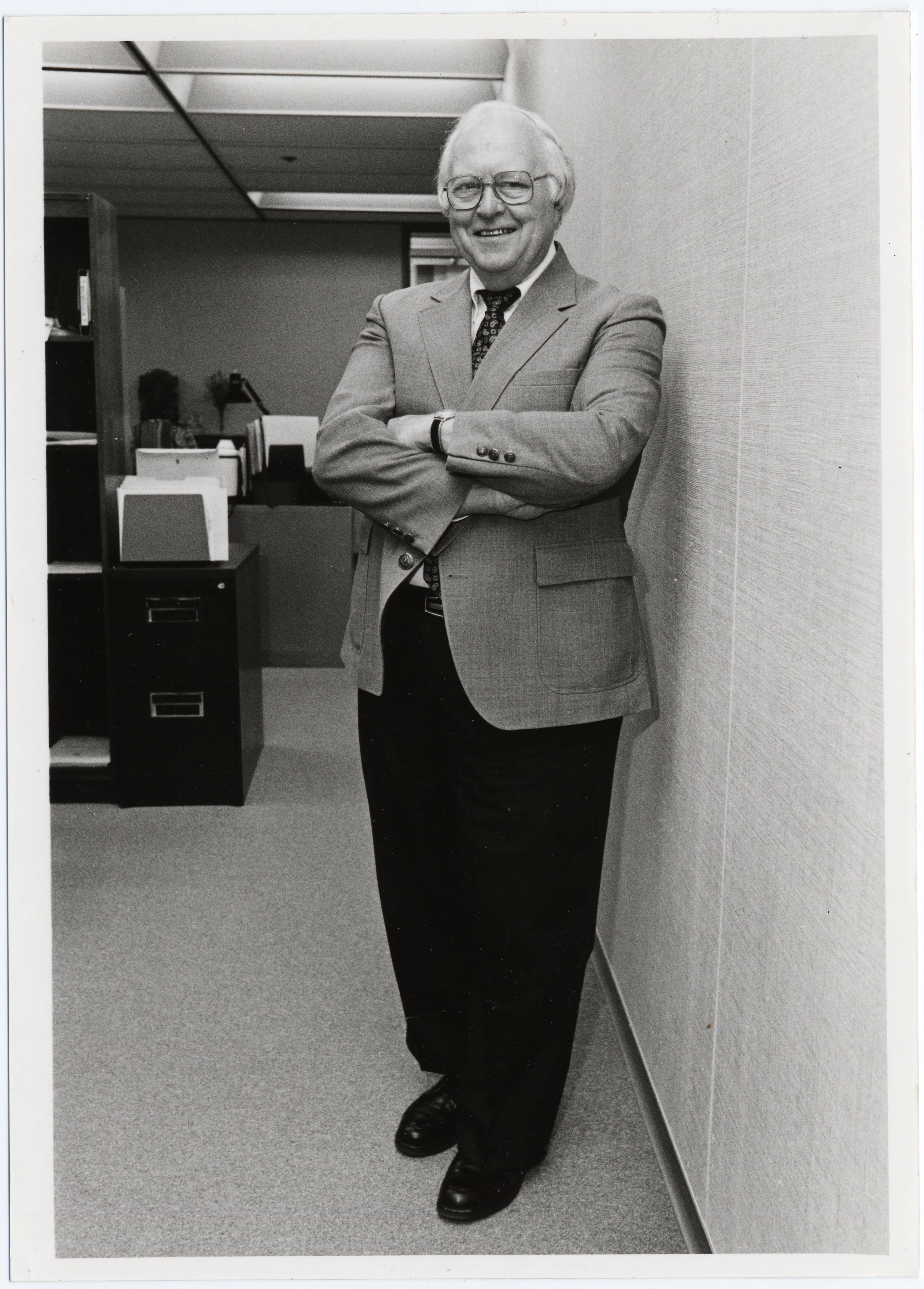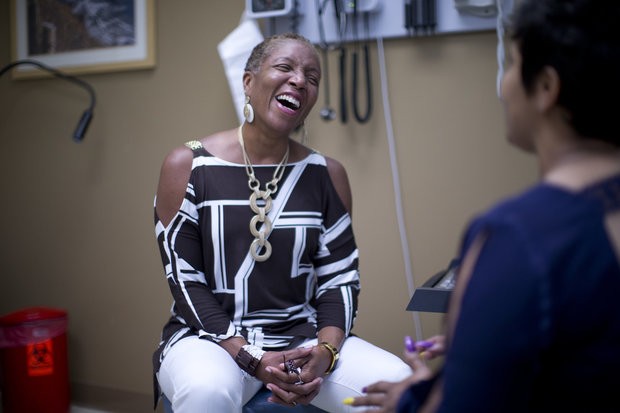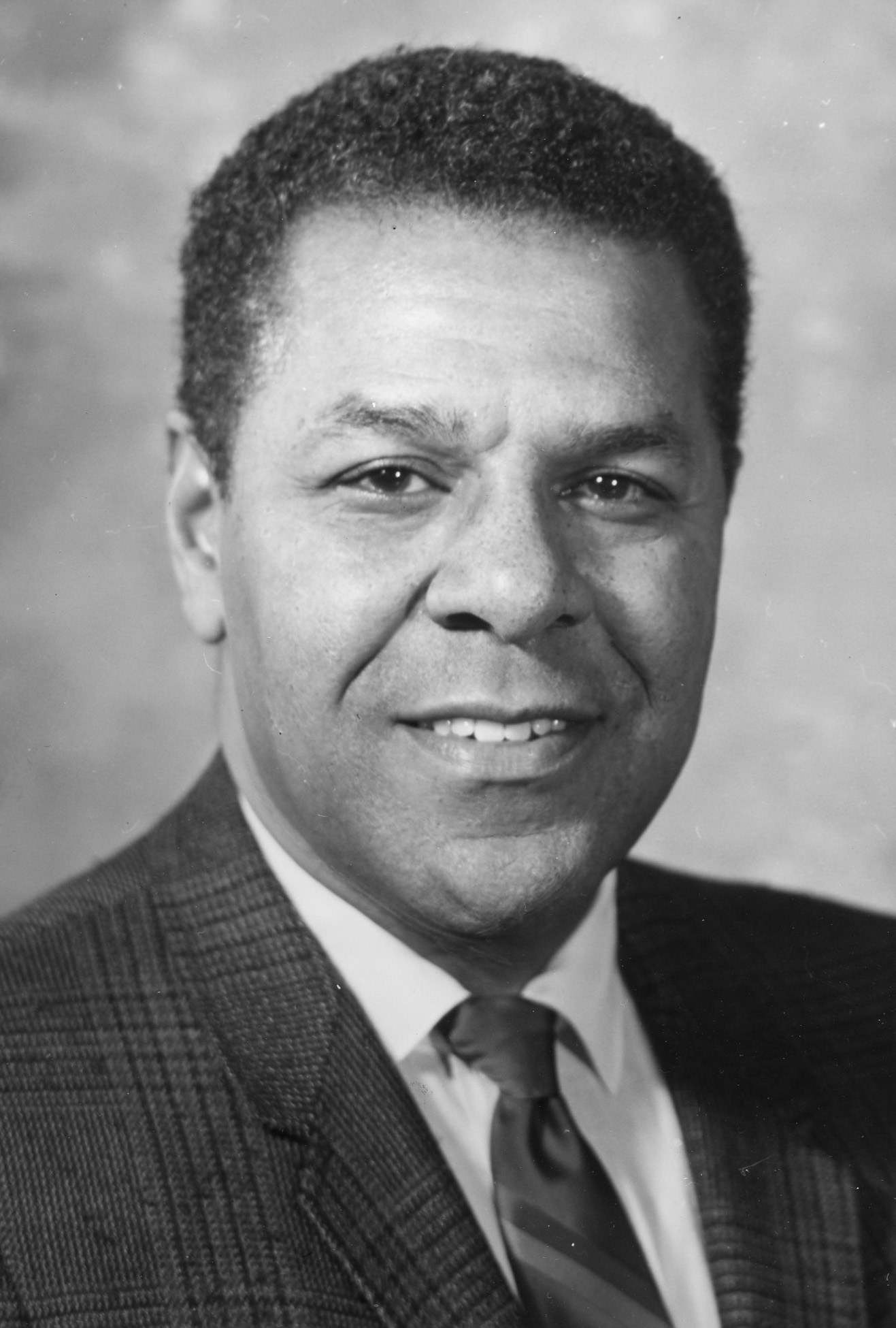Adalbert G. Bettman was one of the first physicians in the West to specialize in reconstructive plastic surgery. His pioneering techniques won him national fame, and his efforts to improve medical education and practice left a lasting legacy in Portland.
Bettman was born to Goodman and Bertha Bettman in Eugene on March 28, 1883. In 1897, the family relocated to Portland, and Adalbert enrolled at Portland High School. Before graduating, he left school to pursue his interest in pharmacy. Working first at the Blumauer-Frank Drug Company in Portland, he then apprenticed with pharmacist D.J. Hills in Castle Rock, Washington. In 1902, he was licensed as a pharmacist in both Oregon and Washington.
In 1903, Bettman matriculated at University of Oregon Medical School (UOMS). To finance his schooling, he worked as a pharmacist in his father’s store. After obtaining his medical degree in 1907, Bettman took a year-long internship under the notable surgeon R.C. Coffey at his North Pacific Sanatorium. Entering private practice in June 1908, Bettman stayed on part-time with Coffey for another two years. He also taught pharmacology at the YMCA School of Pharmacy (1910-1917) and was a demonstrator in histology at UOMS (1909-1910). In 1913, he helped organize the medical school’s Alumni Association and served as its president in 1918.
Bettman became interested in plastic surgery early in his medical career. By 1923, he had begun to specialize, and he became the first full-time plastic surgeon in the Pacific Northwest. Bettman had admitting privileges at seven area hospitals and became a clinical associate in surgery at UOMS in 1925.
After publishing his first peer-reviewed paper in 1910, Bettman continued to combine research with clinical care. He is probably best known as the originator of the tannic acid-silver nitrate treatment of burns, and his paper on the subject (written in 1935) won him a spot in Garrison and Morton’s Medical Bibliography (1943). This pioneering treatment minimized shock and toxemia and shortened recovery times for severely burned patients.
In 1931, Bettman pioneered the use of oxyquinoline sulphate-impregnated gauze to promote healing and protect skin grafts. This novel treatment, which allowed rapid healing and minimized the formation of scar tissue, was widely adopted in plastic surgery. Realizing the need for financial support of medical research, Bettman served as one of the first doctors associated with the Medical Research Foundation of Oregon.
Bettman’s upbringing in a religiously tolerant environment prepared him to navigate smoothly in society. He was a member of B’nai B’rith, the Jewish service organization, but he was also a Mason and a Shriner. His broad connections undoubtedly helped him establish and maintain a successful practice, and he used those same connections to support and expand medicine in Portland. As a life member of the Royal Rosarians, he was well placed to marshal the group’s resources to establish Portland’s first blood bank in 1942.
Bettman retired from practice in 1963 and died on August 17, 1964, at the age of eighty-one.
-
![]()
Adalbert G. Bettman.
Courtesy OHSU -
![]()
A bottle Oxyquinoline sulphate, developed by Adalbert G. Bettman.
Courtesy Nora Cheek
-
![Adalbert G. Bettman House, 2247 NW Kearney St., Portland, 1998.]()
Adalbert G. Bettman House, 1998.
Adalbert G. Bettman House, 2247 NW Kearney St., Portland, 1998. Univ. of Oreg. Libr., Architecture & Allied Arts Libr., pna_23455
-
![Medical Dept. Building, University of Oregon (1892)]()
Medical Dept. Building, University of Oregon (1892).
Medical Dept. Building, University of Oregon (1892) Courtesy Building Oregon, University of Oregon. "Medical Department, University of Oregon (Portland, Oregon)" Oregon Digital
Related Entries
-
![Jews in Oregon]()
Jews in Oregon
Jewish Pioneers: Becoming Oregonians In 1869, Bernard Goldsmith, an i…
-
![Joanna M. Cain (1950 - )]()
Joanna M. Cain (1950 - )
Joanna M. Cain is an internationally known physician, teacher, and rese…
-
Julian S. "Dutch" Reinschmidt (1925-1998)
Julian S. "Dutch" Reinschmidt, physician and educator, was a key figure…
-
![Nathalie McDowell Johnson (1959-)]()
Nathalie McDowell Johnson (1959-)
Dr. Nathalie McDowell Johnson, a dancer and physician, moved to Oregon …
-
![Walter C. Reynolds (1920–2020)]()
Walter C. Reynolds (1920–2020)
Walter Cornelius Reynolds was the first African American graduate of th…
Map This on the Oregon History WayFinder
The Oregon History Wayfinder is an interactive map that identifies significant places, people, and events in Oregon history.
Further Reading
Larsell, Olof. The doctor in Oregon: a medical history. Portland, Ore.: Binfords & Mort for the Oregon Historical Society, 1947.




